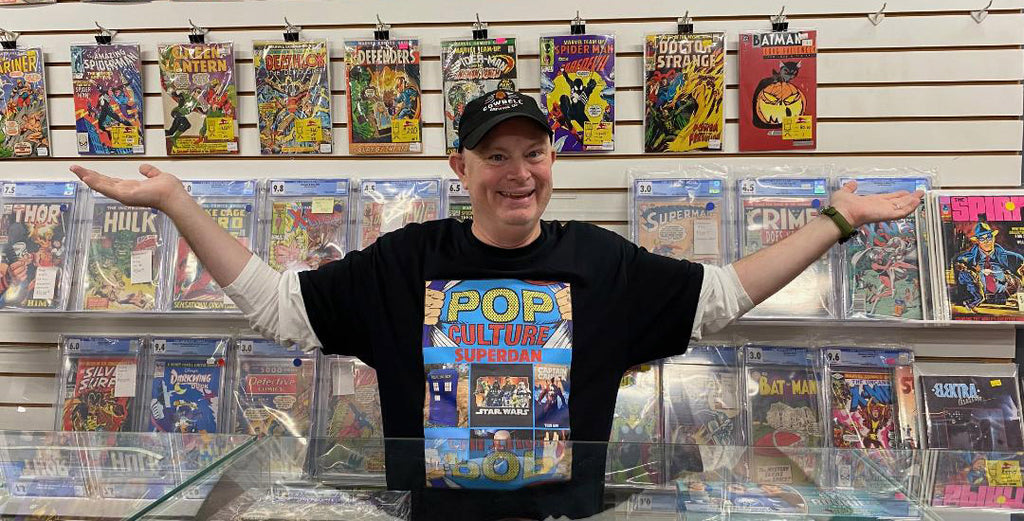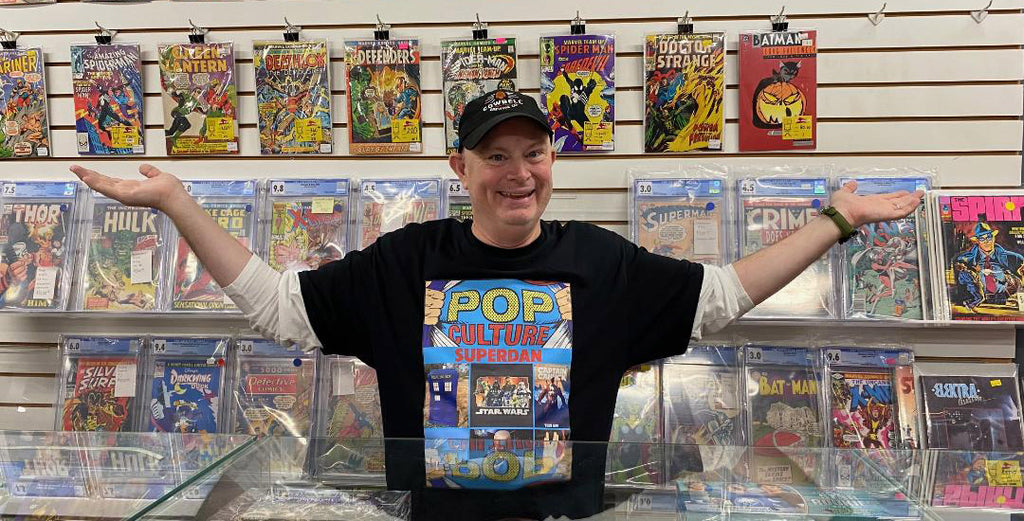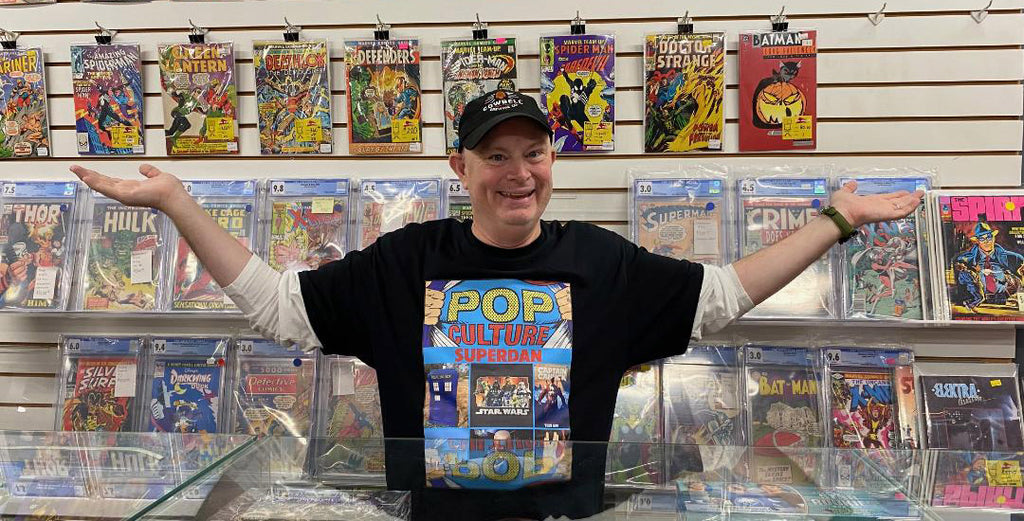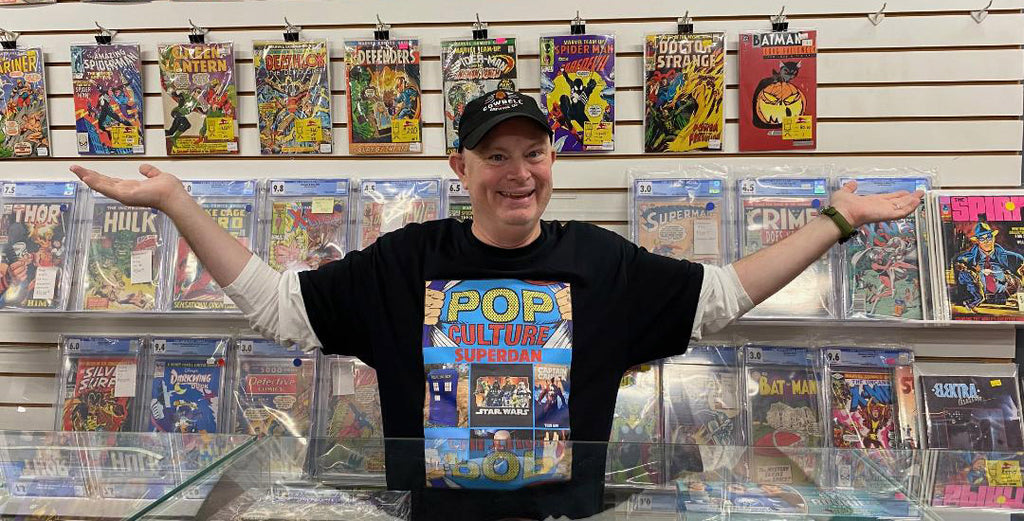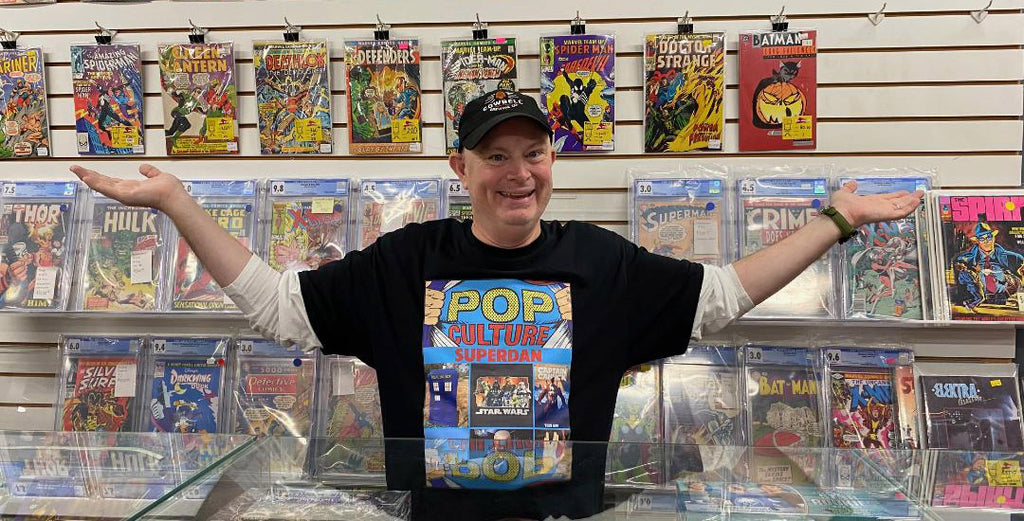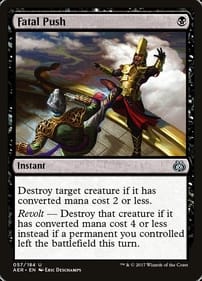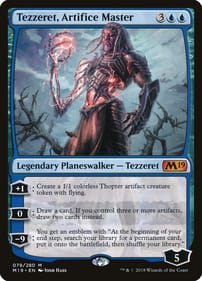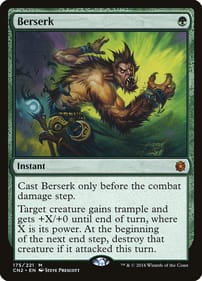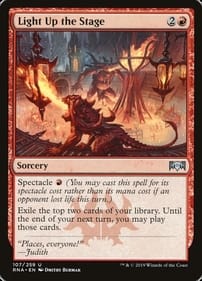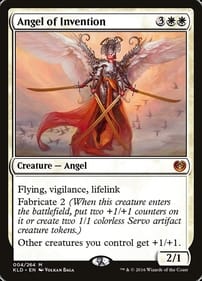Are New Stamps a Sign We’ve Reached Peak Graphic Novel?
By Dan Brown It’s an honour few receive and fewer deserve. It’s not something young Canadians aspire to, but it’s arguably more prestigious than getting a spot on Canada’s Walk of Fame, having your name on the Stanley Cup, or joining the Order of Canada. It’s reserved for those special individuals who have had a deep impact on this dominion we call home. It’s the literal stamp of approval. And now the literary medium you and I love – graphic novels — has it. That’s right: Last month, Canada Post – the folks who deliver the mail – dedicated a series of postage stamps to Canada’s graphic novelists. Chosen for the honour were Chester Brown, Michel Rabagliati, Seth, and the Tamaki cousins, Jillian and Mariko (these creators also contributed the designs that were used). “All of (them) have made significant contributions to the genre and continue a long line of Canadian storytellers honoured by Canada Post,” the Crown Corporation said in a statement about the four adhesive tokens. Those names were selected for their influence on graphic novels as an art form. It became clear a long time ago the Great White North produces more than its share of brilliant graphic novelists. I would liken their dominance in the field to how Canadians are overrepresented in the world of comedy. “The five novelists honoured on the new stamps pushed the boundaries and elevated the form, leaving a mark on readers around the globe,” Canada Post added. I’m sure we could all find reasons to quibble with Canada Post’s selections. I realize it’s still early days, but doesn’t Kate Beaton merit a stamp? And I gotta stand up for Southwestern Ontario’s own Jeff Lemire. He should get one as well.Other possibilities include Guy Delisle, Joe Ollmann, Bryan Lee O’Malley and Dave Sim. That’s off the top of my head. It’s possible other artists were asked to participate, and declined. Whatever happened, there are clearly enough influential homegrown graphic novelists for similar future stamps. It’s true there have been previous Canada Post issues dedicated to comic characters – such as the superheroes Captain Canuck, Fleur dy Lys and Superman. This is the first time graphic novels have been singled out. “Graphic novels tell rich stories by interweaving words and drawings in comic-book-like panels” is how Canada Post makes the distinction. A far more interesting question to ask is, what does this say about society’s attitude toward comics and graphic novels? Surely despite their origins as cheap reading material for kids, they have now gained mainstream approval as an adult pastime? With its announcement, Canada Post is in essence saying graphic novels are as Canadian as beavers, the flag, hockey, and Donald Sutherland, all featured on past stamps. Could the medium get any more respectable? University courses are taught about graphic novels. Scholars write actual books about comics.. They are included in Canada Reads, and they have been source material for movies and TV shows for decades. My nightmare would be the stamps are a sign graphic novels have peaked. Could Canada Post’s gesture, which was meant as an honour, actually be the kiss of death? Naw. I ain’t worried. After all, rock-and-roll pioneer Elvis Presley had to wait a full 16 years after his death to be honoured by the United States Postal Service with a stamp. And when the USPS offered consumers a choice – did they want a handsome young Elvis on the stamp, or an older, sweaty Elvis in a jumpsuit? – more than a million Americans registered their votes in the pre-internet era early 1990s. Look what’s happened to Elvis since then. He hasn’t faded from the collective memory at all. In fact, there was a major motion picture just two years ago telling his story to an entirely new generation. No one is losing interest. Rather than being an indication graphic novels are on the wane, I choose to believe there are many more Canadian creators who will redefine the medium again and again in the days to come. Oh, and while we’re on this topic, Happy Canada Day! Dan Brown has covered pop culture for more than 31 years as a journalist and also moderates L.A. Mood’s monthly graphic-novel group.
Somebody Please Adapt the Jason Lutes Graphic Novel Berlin
By Dan BrownThere’s no law saying a comic has to be anything other than a comic, but every fan has a dream project they would like to see adapted for the big or small screen.For me, it’s the Jason Lutes graphic novel Berlin. Clocking in at nearly 600 pages, the sprawling epic is ripe for the plucking as a multi-season series on a streaming service like Netflix. It is, to borrow a term from comic scholar Andrew Deman, preposterously cinematic.The book depicts life in the German city between the First and Second World Wars. Even though the reader knows how the story will turn out, it’s a vivid portrait of a changing society and the individuals who are driving that change, or find themselves caught up in it.It’s a historical epic, a portrait of the Jazz Age, a romance, a journey of self-discovery, and so much more.I did a quick Google search but didn’t find anything saying Lutes has sold the rights. I would be shocked if he hasn’t been approached by producers.The story was originally serialized over 20 years, then collected as one volume in 2018. Berlin was one of the selections last year for the L.A. Mood’ Graphic Novel Group book club. When I finished reading the hefty tome, I immediately flipped back to the front to start reading again. I don’t do that with many graphic novels.My first impression was how Berlin reminded me of HBO’s The Wire. It follows a large cast of characters, most of them fictional but with some real-life historical figures mixed in. Different characters rise to prominence at different points in the story.There are proto-Nazis, communists, social climbers. jazz musicians. Jewish families, unemployed labourers, confused children, and a young woman looking for her future. And, best of all for this reader, the central character is a disillusioned journalist.Someone who’s in the background in an early scene will return later as a lead character. Different places around the city become important at different moments. Seemingly isolated incidents ripple outwards, affecting everyone..Apart from catching the spirit of the times, the zeitgeist, the triumph of Berlin is how it shows Hitler’s rise wasn’t inevitable. Germany could very well have gone in another direction.The challenge for anyone who adapts the book would be in capturing that sense of how between-the-wars Germany was up for grabs. In that historical moment, there were many possible future fatherlands.It would be challenging to capture that sense of uncertainty on the small screen, but Lutes has already provided the storyboards in the form of this book. How about it, Hollywood?Do you have any comics or graphic novels you would like to see adapted? I’d love to hear about them in the comment section below.And yes, just because Lutes may have had offers to adapt his masterwork, that doesn’t mean he has to accept. He might be content just letting it remain a comic. Dan Brown has covered pop culture for more than 31 years as a journalist and also moderates L.A. Mood’s monthly graphic-novel group.
Comics vs. Graphic Novels
By Dan BrownWhen is a comic book not a comic book? When it’s a graphic novel.And what the heck is a graphic novel? Your guess is as good as mine.Comic lore has it the term was invented by legendary creator Will Eisner. I get the impression Eisner – known for the Spirit newspaper strip – couldn’t sell illustrated stories to a legitimate publisher as comics, so he came up with the “graphic novel” label solely as a way to sell them.So it was a marketing gimmick from the get-go.I am old enough to remember comics before the advent of the graphic novel. Eisner’s A Contract With God came out in 1978, the irony-in-hindsight being that it isn’t a novel, but a collection of four short stories.But as a graphic novel, it has some kind of heft it didn’t carry as a comic – even though it’s a sequential story told with pictures, panels and text. Isn’t that the definition of a comic? It landed differently owing to the elevated subject matter – just dig that title.Current editions of A Contract With God proclaim its place in comic history. Does that mean anyone who cracks the book reads it in a different way than a “mere” comic? I don’t think so.What maybe shouldn’t surprise anyone is how Marvel got on board with the term fairly quickly. By 1982 Stan Lee and friends were trumpeting The Death of Captain Marvel as one of Marvel’s first forays into graphic-novel territory. It had a unified storyline and was bigger and more expensive than the monthly mags of the time, but used characters from the company’s superhero line.Meanwhile, another important thing was happening in the background. Harvey Pekar had started publishing the comic series American Splendor in 1976. His appearances in the 1980s on David Letterman’s show may have been how he caught my attention.Pekar is important because he was using comics in a revolutionary way: To tell everyday stories, rather than put a spotlight on costumed do-gooders. It was all about the mundane, a staggering departure at the time.I read stories like The Watchmen or Dark Knight Returns in serial form. They are now known as landmark graphic novels, but when I was experiencing them one month at a time I never predicted they would eventually be collected in anthology form. Pretty much all comics are now published with an eye to the eventual graphic novel.So somewhere along the line Pekar’s innovative insight – comics can be used to tell any kind of story – got grafted onto the emerging use of graphic novels to tell more “serious” superhero tales.And a genre was born. I’ll grant that I may be the only person who cares about questions like this. Maybe I’m the only individual demented enough to care. And I guess as long as graphic novels and comics are experienced as a printed or online product meant to be read, the distinction doesn’t matter.I originally started writing a weekly column about graphic novels because the industry had reached a saturation point – there were enough graphic novels coming out, I could potentially review a new one every week. We’re now at the point in the history of the medium where I tell graphic-novel newbies, “If there is a topic or issue that interests you, there is a graphic novel out there for you.”Oh, and I know I left out a bunch of other definitions. What is a cartoon? What is a newspaper comic strip? What is a Sunday funny? A web comic?All fodder for future columns.Until then, I would love to hear your thoughts in the comment box below.Dan Brown has covered pop culture for more than 31 years as a journalist and also moderates L.A. Mood’s monthly graphic-novel group.
Scott Chantler’s Squire & Knight Shows the Power Brains Have Over Brawn
By Dan BrownIf you have a young reader in your life, I have an idea for the perfect Christmas present.Scott Chantler’s Squire & Knight graphic novel came out this spring. It’s a tale of swords and sorcery, and it’s the kind of thing I wish had been around when I was a tween.You may know Chantler as the Stratford graphic novelist behind historical books like Two Generals and the Three Thieves fantasy series. The idea for his latest grew out of a Dungeons & Dragons campaign the artist/writer was running for his kids. It features a musclebound knight who is all bluster and self-promotion, a meek squire who is the real brains behind the operation, and a sleek dragon who sounds to my ear more like a surfer dude than Smaug.It’s one of those simple storylines – man in armour sets off to rid peaceful townsfolk of deadly flying menace – that turns out to be much more complicated by the end.More than anything, it will make youngsters think about bravery. Yes, hacking away at monsters with a broadsword is one way to display courage. But so is risking alienation by not buying into the same story everyone else in your community wants so desperately to believe.I also detected just a dash of Monty Python in Squire & Knight as well.If you know a boy or girl who is falling in love with comics and role-playing games, who’s into Harry Potter but is not quite ready for The Lord of the Rings, you would be doing them a favour by gifting them this 162-page volume as a token of your love this Yule. It will fire the young imagination.That’s because Chantler takes stock fantasy characters like knights, wizards and dragons, and puts a fresh twist on them, while also breathing new life into conventions such as the heroic quest.Even better, it’s all served up with a heaping helping of fun on the side. I couldn’t help but laugh at the headstrong Sir Kelton, who has a habit of getting ahead of himself. Before he’s even slain the dragon, he’s already dreaming about how he will go down in history: He can’t wait to hear the songs that will be sung in his honour to commemorate a deed he hasn’t even pulled off yet. The running joke here is that his page, who is more at home in the library than the livery, is so inconsequential to Kelton that the knight doesn’t even know the boy’s name. But it’s this same unassuming squire who uses the power of reason to suss out the situation on the ground before pulling Kelton’s fat out of the dragonfire.I won’t say much about the story’s antagonist, except that he’s not your typical scaly, fire-breathing beast. When Kelton assaults him with his sword, for instance, the laidback lizard responds, “Pretty rude, man.”For an old comic fan like me, I love the way Chantler plays with panels – including panels that seem empty of action. They teach patience to readers. Nor can I argue with old-school sound effects like “BAM,” “WHUMP,” and “CLANG.”And what should children get the adults in their life next month? Why, a Chantler tome like Two Generals, Bix or Northwest Passage would be just fine for the mature reader on your list.Dan Brown has covered pop culture for more than 30 years as a journalist and also moderates L.A. Mood’s monthly graphic-novel group.
A Love Triangle Crumbles in a Single Rainy Night
By Dan BrownA short column this week reviewing a short graphic novel.Ivana Filipovich’s What’s Fear Got to do With It? is from East Coast publishing house Conundrum Press, which has been coming on strong the last few years.If you like graphic novels that feel and land like subtitled foreign movies, you will want to check this slender volume out. It runs 58 pages, but doesn’t suffer for its brevity.The setting – Vancouver’s Richmond Night Market – isn’t foreign, but the “feel” of the book is. This might have something to do with Filipovich being part of the Balkan Renaissance in graphic novels. “My main inspiration is (Anton) Chekhov,” the comic creator says in notes accompanying the book’s release last month.She goes on to say that growing up in the former Yugoslavia she was fed a diet of “the best of BBC, great Russian movies, Quebec TV series and, of course, the best world literature and comics from both sides of the ocean.” She also counts Ingmar Bergman among her influences, as well as Salman Rushdie.What does it all add up to? A moody tale that unfolds in a single night showing how a love triangle falls apart. The characters are the criminal Max, who may or may not be a crime kingpin, and his girlfriends Eva and Mia. “It’s a (triangle) in which all characters are faulty, despite some of them being more likeable than others,” Filipovich explains.Another way to put it would be, if you’re a guy and you ever thought having a harem of beautiful ladies would be fun, this story will make you reconsider. The saddest part is that love in this milieu has been degraded to the point where to show devotion, all one has to do is buy the beloved material objects. “You always got whatever stuff you wanted,” an unbelieving Max tells Eva when the triangle crumbles. The tragedy here is Max can’t understand why the unconventional relationship has failed – he spent a lot of money on his foxes, didn’t he? Isn’t that all there is to it? And don’t get me started on how a single question rules one of the girlfriend’s lives: How will this look to my followers on social media? “I was born online. That’s me,” Mia boasts at the outset of the evening.All of this is presented in a moody wrapper. Filipovich evokes another film, Blade Runner, with her scratchy lines. The cityscape is drenched in ever-falling rain, which means the one moment when the sun comes out lands with force.If you are looking for a departure from the same old, same old, I recommend What’s Fear Got to do With It? Dan Brown has covered pop culture for 30 years as a journalist and also moderates L.A. Mood’s monthly graphic-novel group.
Seth Remembers His Teen Years, or Does He?
By Dan BrownWith his latest release, Palookaville 24, Guelph cartoonist Seth has moved into full-on Alice Munro territory. And it’s delightful.What do I mean by comparing the graphic novelist to the best damn short-story writer on the planet?I mean, if it wasn’t before, it’s official now: The central preoccupation of Seth’s work is how his memory works, and doesn’t.It was already clear, in books like Clyde Fans and George Sprott, Seth was obsessed with the past. Much of the artist/writer’s work is set in a sort of 1950s Canada that we all recognize yet can’t remember distinctly. Nostalgia may or may not be the impediment. His main goal now appears to be pointing out the inadequacies of human memory as a stable platform for telling stories. So when I read the latest instalment of Nothing Lasts in the new Palookaville, I instantly thought of Nobel Prize winner Munro. Munro’s stories have been lauded for decades for their realism, but if you pay careful attention to the words she uses, you'll find Munro, a Wingham native and long-time Clinton resident, is often not describing what happens to her characters, but what could have happened. There’s a big difference. (Digression: Ajay Heble, my M.A. thesis advisor, wrote a whole book on this “reservoir of meaning,” as he calls it, in her work. And yeah, I did my thesis on Alice Munro. I’m a nerd.)So in the new book Seth will describe, in great detail, the daily routine of a summer job he had in the 1970s using the diction of uncertainty. He will lay out his memories for the reader and then say, “I think,” meaning he’s not sure how much to trust the vivid scene he has just described. “I’m not sure,” he’ll say in other passages. These seemingly fondly recalled moments could have happened the way he remembers. But did they?The comic creator then goes an additional step, and asks, “What DO I recall of those summers?” and revises his story. Nor can he explain why certain details stick out and others are a blank in his mind.For example, while detailing his summer job he reveals during that season he was reading a movie novelization. He never says which movie. “Was it really like this?” he writes at another point of his own narrative, probing his recollections of what seems like an eternal 1970s summer day.Seth goes even deeper, asking if a memory can die of neglect. The more he tries to nail down the images and feelings in his mind, the more they elude him. At one point he projects backwards, putting his adult self in a scene from his younger years. Then he projects forward to his future gravestone.All that, plus the chapter ends with a cliff hanger!Palookaville 24 also includes some sketchbook exercises Seth assigned himself and a film on DVD by Luc Chamberland of a suitcase theatre play that Seth performed using puppets.Chamberland is the same filmmaker behind Seth’s Dominion, the superlative National Film Board of Canada documentary about the cartoonist which animates passages from Seth’s previous work to great effect.(Bonus digression: Both Seth and Munro are products of Southwestern Ontario. I know everybody has to be from somewhere, but is there some kind of symmetry to that? Are people in this corner of Canada more obsessed with the images in their minds of the lives they have lived than other Canadians? It’s an honest question.) Dan Brown has covered pop culture for 30 years as a journalist and also moderates L.A. Mood’s monthly graphic-novel group.


